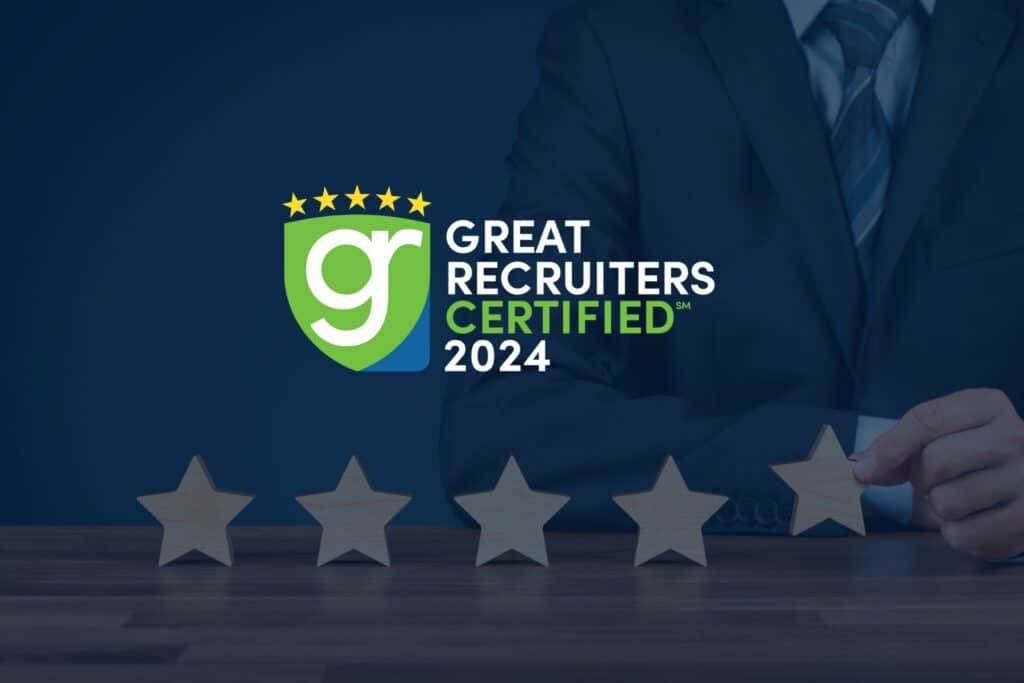Bring your Executive Resume into the 21st Century
Share This Article
We’re in the digital age where professionals are always in a hurry! And recruiters and hiring managers are now spending far less time reviewing resumes to making hiring decisions even at the executive level.
Relying on other resources, such as (virtual or face to face) interviews, online information and psychometric assessments, to gather insights, your resume should be less a curriculum vitae (CV) and more of a summary. Having sourced and recruited executives for the last three to five years, I can attest to the fact that crafting a resume encompassing an executive’s career into a mere one to two pages has proven to be a challenge. But it’s imperative to do so to ensure you stand out in a competitive marketplace. The practice of concise communication allows you to be clear and laser focused on what’s most important, conveying your message in a brief but coherent manner.
Here are some tips that can help you gain visibility among recruiters and potential employers:
Tell your story
Resumes by C-suite candidates need to tell a story that emphasizes accomplishments and personal brand. Focus on including both soft and hard skills that differentiate you from executives. Stick to what’s relevant! Recruiters are spending an average of only 6 seconds to initially assess a resume so always begin with your most recent role and title. If you have multiple degrees and certifications, focus on the relevant ones and don’t forget to clearly state the institution and the major. Include volunteer experience, consulting and contract work. These are all seen in addition to your professional experience.
A C-suite executive’s resume should be no more than two pages in length. Try not to go too far back in time outlining every position you’ve held over the last 25+ years. These positions can be discussed during the interview or addressed in a cover letter. Listing the tasks and responsibilities of a job you held in 1985 are most likely nontransferable in 2017. Business is done differently today with the advancement of technologies that didn’t exist two decades ago.
Make it modern
Many hiring managers and recruiters today are reviewing resumes on the go with handheld devices. Always keep this in mind when it comes to the design elements of your resume. Stick to a simple format, clear font, shorter paragraphs and bullet points for better legibility. Feature some facts and figures on your executive resume; they will always attract more attention. Metrics speak volumes, so be specific about budget amounts managed, cost reductions made and bottom line revenues you contributed to the organization. Be specific about the size of the teams managed and highlight success stories in that role, for example, ‘leading a team of 5 senior directors’.
Usually goes without saying, but always refrain from including personal information such as marital status, religion and your photo.
Aside from what you send to a hiring manager, they are also using the Internet to get a better sense of who you are. You need to make the most of social media, so update your LinkedIn profile and include your public profile link on your resume. Increase your network by connecting with professionals and join groups online that would be relevant to your industry. Contributing to conversations and sharing and communicating with your connections is what social networking is all about. Dead profiles with minimal to no activity can hurt your personal brand.
Add a personal touch
Once you have provided your resume to an employer or recruiter, always make it a point to follow up with a phone call or voice mail to maintain the connection. Take it one step further and snail mail a thank you card after an interview. In a world overrun with technology, people in business still appreciate the human touch.



